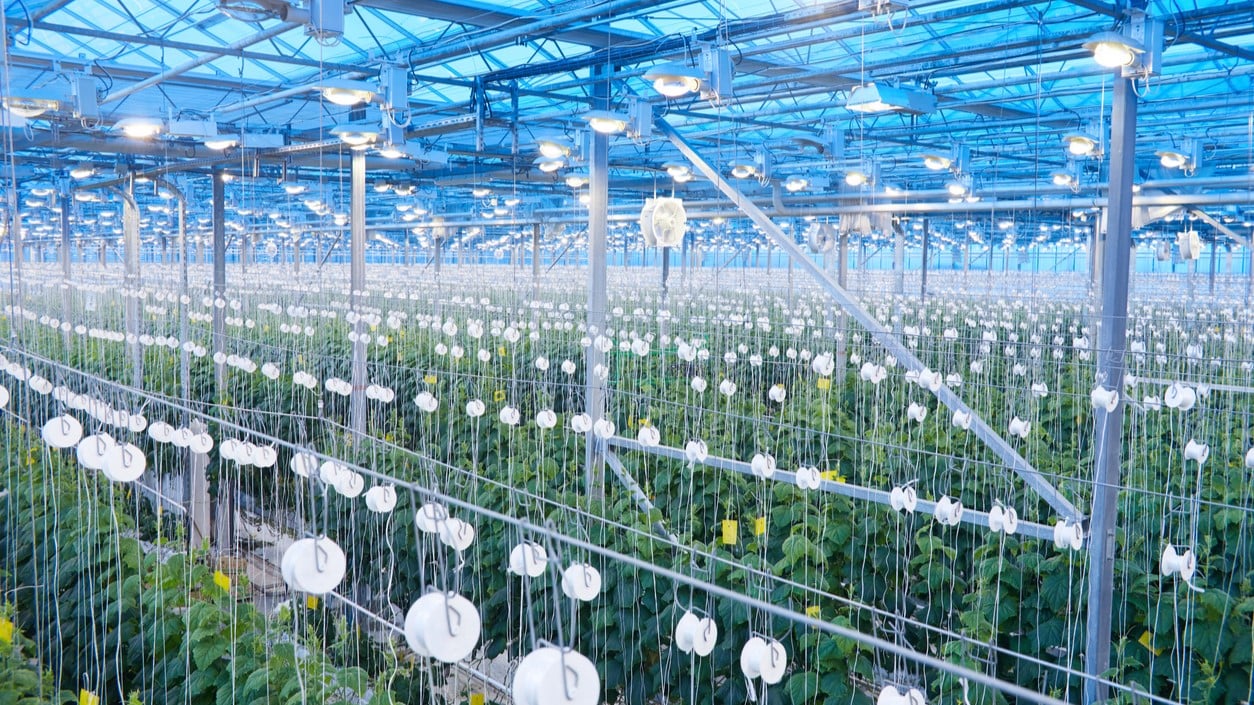How Food Manufacturers Maintain Food Safety Standards as Agtech Evolves
The agtech sector has undergone remarkable growth since the start of the decade and holds the potential to revolutionize the global food supply chain. In 2023, the market reached $14.8 billion in value, and it is projected to surge to $18.6 billion by the end of 2024. This rapid increase in demand for agtech technology reflects the unprecedented investments stakeholders are making in productivity and sustainability in food production. However, as the industry advances, it raises important questions about safety in manufacturing.
Though agtech is typically associated with improved efficiency, food quality, and cost control, the technology can significantly affect food safety throughout the supply chain. Here’s how the burgeoning agritech influence on food manufacturing will impact you.
The Agtech Innovations Impacting Food Safety
Digital transformation in most industries is about streamlining processes and reducing costs with high-tech monitoring, tracking, and data analytics. While this is true for agriculture and food production, new tools can have a substantial impact on overall food safety, particularly among these four categories:
1. Food Traceability Technology
Emerging technologies such as blockchain, the Internet of Things (IoT), and RFID empower manufacturers to monitor every stage of the food and beverage production process, from the farm to retail. These tools allow manufacturers to collect and store comprehensive data on product origins, handling, and transportation, ensuring transparency and accountability throughout the supply chain.
Downstream Food Safety Benefits: These capabilities empower manufacturers to quickly trace and identify the source of any contaminant and get to the root of a food safety breach with faster speed and accuracy, ultimately protecting consumer health and strengthening the integrity of the food supply chain.
Potential Food Safety Risks: Because food traceability technologies provide so much data on their own, front-line workers run the risk of over-reliance on these tools instead of exercising human oversight, which can allow breaches missed by equipment. For food safety, workers need to understand that technology can only help them, not replace them.
2. Indoor and Vertical Farming
In indoor and vertical farming operations, growers cultivate crops in controlled and enclosed environments such as warehouses or greenhouses, enabling optimal plant growth with precise regulation of environmental conditions such as temperature, humidity, and lighting. Vertical farming takes the control further by stacking multiple layers or shelves vertically within a facility, often incorporating technologies like hydroponics or aeroponics to maximize crop yields.
Downstream Food Safety Benefits: In these environments, crops are shielded from air and waterborne pollutants that can become embedded in crops and impact consumer health. The closed systems also provide a more hygienic environment, reducing the chances of bacterial or fungal contamination.
Potential Food Safety Risks: Though these new farming environments minimize risk to traditional sources of pollution, they create the potential for new types of pathogen contamination that experts have yet to anticipate or account for.
3. Robotics
The agriculture and food processing sectors are increasingly integrating robots for tasks, such as harvesting, sorting, and packaging across the industry. For example, automated robots on farms equipped with sensors and cameras can efficiently pick fruits and vegetables, while robots in processing plants can streamline meat cutting and product washing, improving efficiency and consistency while reducing the risk of contamination.
Food Safety Benefits: In food processing and packaging, automation reduces human contact and opportunities to spread germs, contributing to a safer and more reliable food production system with less chance for foodborne illnesses to develop.
Potential Food Safety Risks: Like other forms of automation in food production, workers might neglect their responsibilities and oversight in environments with robots, resulting in food safety breaches, outbreaks, and other issues that threaten public health.
4. Smart Packaging and Labeling Systems
Smart food packaging and labeling systems incorporate new tech like IoT to enhance functionality. For example, IoT-enabled packaging can automate temperature control and include sensors to monitor freshness, track shelf life, and provide real-time information about the condition of a product to consumers and producers. Smart labeling systems offer interactive features like QR codes that enable immediate access to information about the product's origin, enhancing transparency.
Food Safety Benefits: Sensors embedded in packaging can track critical food safety parameters like temperature and humidity, and even detect potential contaminants. The system can promptly alert stakeholders if critical thresholds are exceeded, enabling swift corrective actions to prevent spoilage or contamination. This real-time monitoring and data collection ensures products are stored and transported under optimal conditions and improves traceability and transparency.
Potential Food Safety Risks: More technology and automation in processing environments requires greater cybersecurity investment to prevent hacking and other forms of tampering.
Keeping Up With the Agtech Revolution
Agtech is evolving rapidly and is set to have an exponential impact on the food safety landscape as its adoption continues to grow. The integration of cutting-edge technologies like artificial intelligence, IoT, and blockchain is revolutionizing how we monitor, track, and manage food production, distribution, and quality control.
Sign up for AIB International’s newsletter to stay up to date on the impact agtech is having on food safety processes, best practices, and regulations.


